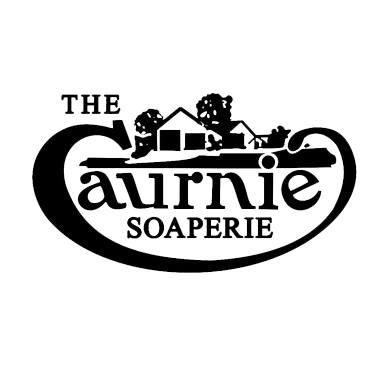
Our Process
Explore the Oldest Working Soaperie: Embracing the Cold Process Method
Step back in time and witness the marvel of a functioning Soaperie dating back to the 1920s. Notably, it holds the distinction of being the world's oldest and last working Soaperie that continues to operate using the cold process method. The Cold Process is celebrated as the most natural way of soap making, retaining the oils' natural glycerine (glycerol) to cleanse the skin gently, while preserving its natural oil mantle effectively.
In history, two primary soap-making methods prevailed: the Cold Process and the boiling process. Cold process soaps offer superior stickiness and humectant properties, but they are not well-suited for mass production at high speeds. On the other hand, the boiling process involves chemically removing glycerine from the soap, making it easier to plod, mill, color, fragrance, and stamp in high-production scenarios.
Soaps and detergents play a vital role in personal and public health, effectively removing germs, soils, and contaminants to keep us healthy and our surroundings pleasant. Derived from fats and oils, or fatty acids, these essential cleaning agents are present in various living organisms. Fatty acids consist of long hydrocarbon chains with a carboxyl group at one end (-COOH) and are typically represented as RCOOH.
There are two groups of fatty acids: saturated and unsaturated. While the one-step triglyceride reaction with lye is common, a two-step saponification reaction is also utilised. In the two-step process, steam hydrolysis of the triglyceride produces carboxylic acid (rather than its salt) and glycerol. The second step involves the alkali neutralising the fatty acid to create soap.
Though slower, the two-step process offers the advantage of purifying the fatty acids, resulting in higher quality soap. Many handcrafted soap makers use the one-step saponification process. The hydrolysis of fats, however, is a complex process typically carried out with industrial-grade equipment and not feasible for average hobby soap makers.
After hydrolysis, the mixture of various fatty acids, glycerin, un-saponifiable content, and impurities can be separated. Cooling the fatty acids allows the crystallisation of higher melt point fatty acids, which can then be separated from the liquid ones. These fatty acids, whether used as-is or separated, serve as the base for making soap and other products.
Take a captivating journey into the world of traditional soap making, witnessing the craftsmanship of the Cold Process at our historic Soaperie. Experience the wonders of this age-old technique and discover the allure of our high-quality, handcrafted soaps.
